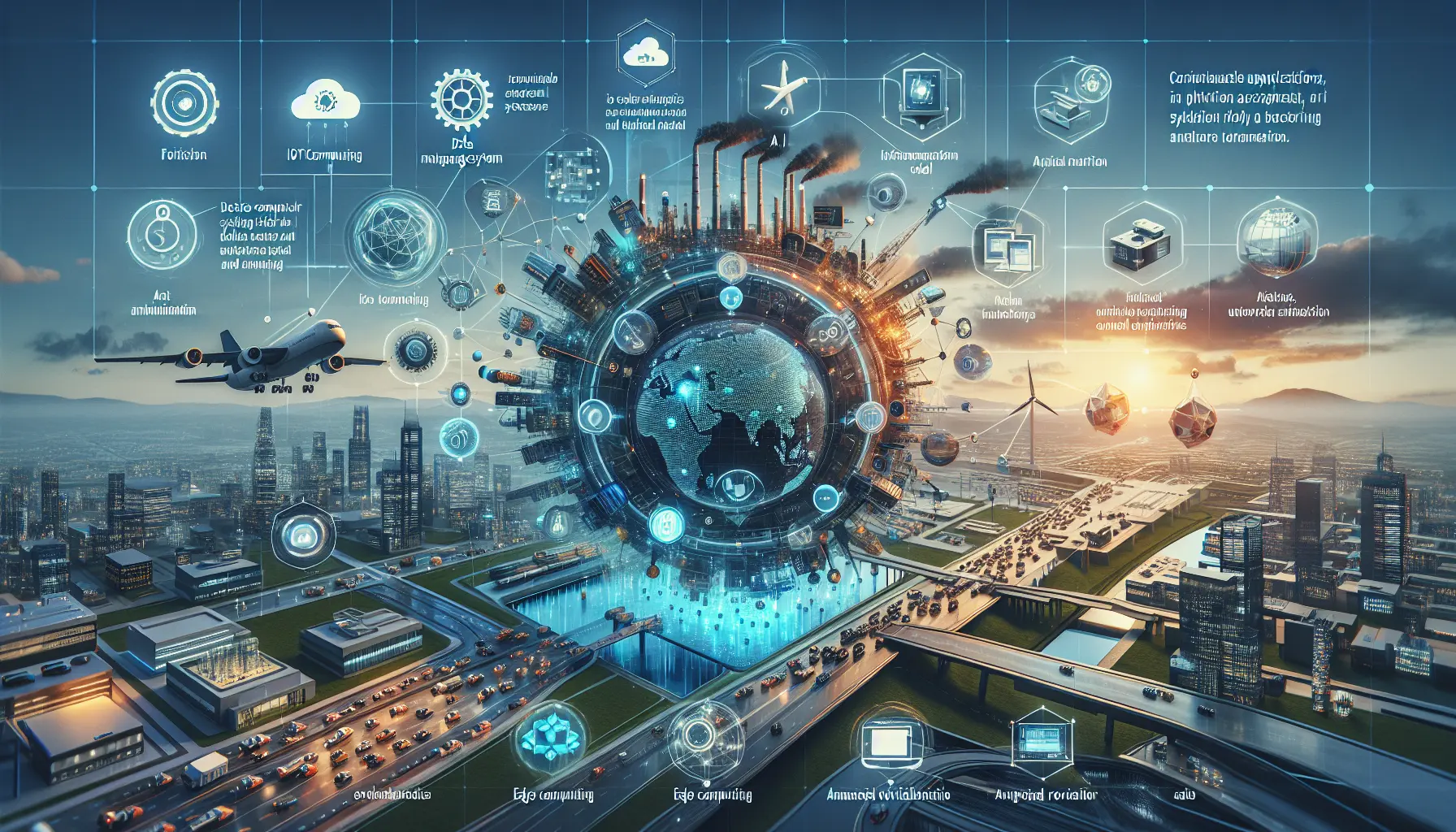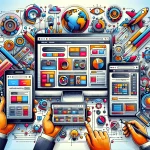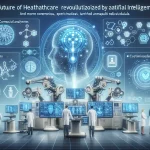
Estimated reading time: 8 minutes
Key Takeaways
- Definition: Digital twins are virtual replicas of physical systems that provide real-time data insights.
- Core Components: Effective digital twins rely on IoT sensors, data management systems, and analytics software.
- Applications: Industries like manufacturing, healthcare, and urban planning benefit significantly from digital twin technology.
- Challenges: Initial setup costs and data security are key challenges organizations face when implementing digital twins.
- Future Trends: Advancements in AI and machine learning will enhance the capabilities of digital twins.
Table of Contents
- Understanding Digital Twins
- The Core Technology Behind Digital Twins
- Real-Time Simulation
- Practical Applications Across Industries
- Benefits of Implementing Digital Twins
- Real-World Success Stories
- Implementation Challenges
- Future Developments in Digital Twin Technology
- Getting Started with Digital Twins
- Frequently Asked Questions
Understanding Digital Twins
Digital twins are virtual replicas of physical objects, systems, or processes that update in real-time to reflect actual conditions. Think of them as sophisticated 3D computer models that receive constant data feeds from sensors on their real-world counterparts. These virtual duplicates help organizations monitor, analyze, and optimize their operations without disrupting physical systems.
The Core Technology Behind Digital Twins
Three main components work together to create effective digital twins:
- IoT sensors that collect real-world data Source
- Data management systems that process and store information Source
- Analytics software that creates insights and visualizations Source
These elements combine to create virtual models that precisely mirror real-world conditions. The technology originated in product lifecycle management but has evolved far beyond its initial scope.
Real-Time Simulation
Digital twins rely on continuous real-time simulation to maintain accuracy. As sensors transmit data about temperature, pressure, performance metrics, and other variables, the virtual model updates instantly. This creates a living, breathing digital copy that perfectly matches its physical twin.
The real-time aspect allows organizations to:
- Test scenarios without risking physical assets
- Predict maintenance needs before failures occur
- Optimize operations through data-driven insights
Practical Applications Across Industries
Manufacturing Excellence
Factories use digital twins to simulate production lines, identify bottlenecks, and prevent equipment failures. For example, an automotive manufacturer might create a digital twin of their assembly line to optimize robot movements and reduce cycle times.
Healthcare Innovation
Hospitals create virtual models of medical equipment and even patient-specific anatomical structures. These models help doctors plan procedures and monitor patient conditions remotely. Source
Smart City Management
Urban planners deploy digital twins to monitor infrastructure, manage traffic flow, and optimize energy usage across entire cities. Singapore uses a comprehensive digital twin to test urban planning scenarios before implementing changes.
Benefits of Implementing Digital Twins
Organizations that implement digital twins see multiple advantages:
- Reduced operational costs through predictive maintenance
- Improved product quality from better testing
- Enhanced safety through risk-free experimentation
- Faster innovation cycles with virtual prototyping
Real-World Success Stories
Aerospace Achievement
Rolls-Royce uses digital twins for their jet engines, monitoring performance and predicting maintenance needs with remarkable accuracy. This has significantly reduced unexpected downtime and maintenance costs.
Healthcare Transformation
Leading hospitals create virtual copies of critical equipment to prevent failures during procedures. Some facilities even develop patient-specific digital twins to simulate treatment outcomes.
Implementation Challenges
Organizations should consider these key challenges:
- Initial setup costs for sensors and software
- Data security and privacy concerns Source
- Integration with existing systems
- Staff training requirements
Future Developments in Digital Twin Technology
The technology continues to advance through:
- Integration with artificial intelligence and machine learning Source
- Enhanced edge computing capabilities
- Improved visualization through augmented reality
- More sophisticated predictive capabilities
These improvements will make digital twins more accessible and valuable across additional industries and applications.
Getting Started with Digital Twins
Organizations interested in implementing digital twins should:
- Start with a specific, high-value use case
- Ensure proper sensor infrastructure
- Choose appropriate software solutions
- Train staff on new systems
- Monitor and measure results
Digital twins represent a significant advance in how we monitor, analyze, and optimize physical systems. By creating accurate virtual replicas updated in real-time, organizations can make better decisions, reduce costs, and improve operations across countless applications. Source
Frequently Asked Questions
What is a digital twin?
A digital twin is a virtual representation of a physical object or system that is updated in real-time with data from its physical counterpart.
How do digital twins work?
Digital twins work by using IoT sensors to collect data from the physical object, which is then processed and analyzed to create a real-time virtual model.
What industries use digital twins?
Industries such as manufacturing, healthcare, aerospace, and urban planning utilize digital twins for various applications.
What are the benefits of using digital twins?
Benefits include improved operational efficiency, reduced costs, enhanced product quality, and the ability to simulate scenarios without physical risks.
What challenges do organizations face when implementing digital twins?
Challenges include high initial setup costs, data security concerns, and the need for staff training and system integration.









